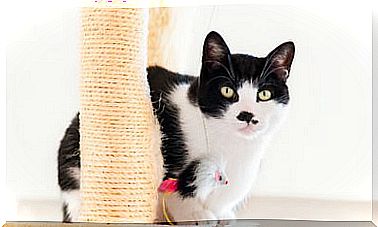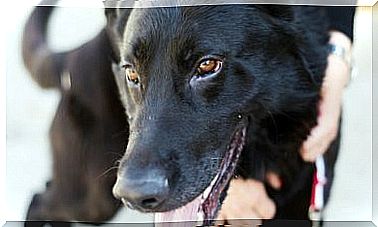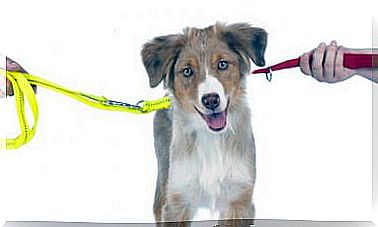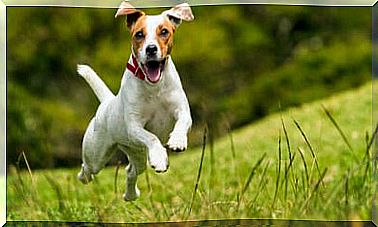Social Networks Change Our Perception Of Animals
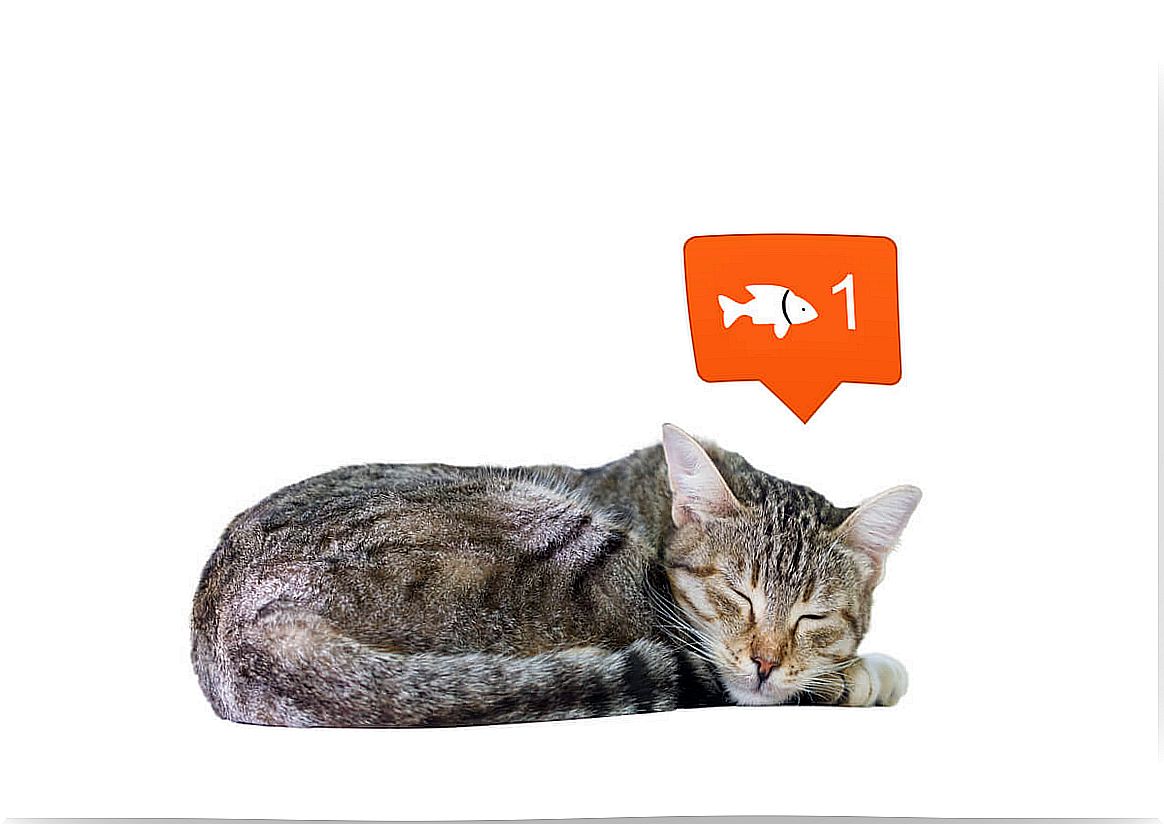
There is no doubt that we live in a globalized planet and in continuous communication. The Internet allows users to share, gain knowledge, and even earn a living. We live in the information age, but do you know how animals and social networks interact?
Despite the multiple benefits that online media report on the general population, we must take certain considerations into account when exposing our pets to this world or when looking for reliable information about the animal kingdom.
About the internet and its expansion
It’s no surprise to anyone that social media is booming. Even so, we expose you certain data to put its real importance in perspective:
- In 2019, it was calculated that 4.54 billion people have access to the internet, that is, 59% of the world’s population.
- Instagram has 1 billion active users today.
- The Facebook platform has registered a total of 2.32 billion users across the globe.
As we can see, we are facing astronomical figures. Various studies show how this activity is translated into the world of animal care.
For example, the search percentage of 80% of the analyzed terms in terms of animal care (pet shop, dogs, I think dogs, for example) has increased considerably in the last four years. As a curiosity, «pet shop» is the most sought after of all those analyzed.
On the other hand, the presence of animal-related pages on social networks is also on the rise. It is estimated that there are more than 100,000 active links to certain portals as far as the world of pets is concerned.
All these data try to highlight the importance of pets in the information age. Not only are they present in adorable photos and videos, but guardians are continually looking for information to improve the existence of their animals.

Animals and social networks: lights and shadows
According to various scientific studies, social networks can alter our perception of the animal world. This statement depends a lot on the context and the population stratum analyzed.
For example, when presenting two stories about primates to various participants (one in favor of keeping monkeys in captivity and one against), the results were very different. It is necessary to note that the image that accompanied the article was the same in both cases:
- Participants exposed to the negative news attributed higher levels of stress to the animal in the image.
- The negative news promoted a discussion in the comment box, where “echo chambers” were produced in which almost all the members wielded a similar opinion.
- The news that showed positivity towards keeping monkeys as pets caused more suspicion among readers.
- In general, it was observed that the participants were less blunt in terms of animal welfare on social media than on other non-social media.
Thus, it can be seen that the response of Internet users to the same image largely depends on the context that is offered. This can, in a way, soften or increase the level of awareness and critical thinking about the animal world.
Social media and education
In addition to these results, other investigations have studied the impact of the presence of animals in social networks and educational media on children.
The existence of drawings, imitations and interpretations of various living beings was believed to be negative for the awareness of infants about nature and ecosystems. This would be due to the fact that children would associate nature with a biased vision, but nothing could be further from reality.
These studies have shown, for example, that the presence of anthropomorphic animal figures (interpreted from a human point of view) in educational material does not affect at all the level of understanding of children about living beings.
Those who were exposed to information about the natural world came out with more knowledge, regardless of the anthropomorphic figures, drawings and material accompanying the informative content exposed. As long as the information is reliable, the knowledge is assured.

Matter of nuances
As we have seen, the interaction between animals and social networks in human culture is complex to say the least. For example, children do not seem to be affected by the presence of educational material transformed from a completely human point of view.
On the other hand, studies suggest that depending on the source and the information we can attribute different characteristics to the same images of animals, modulating the level of debate depending on the portal where we are.

